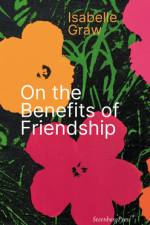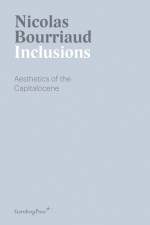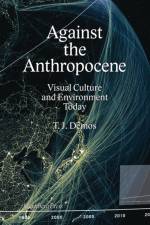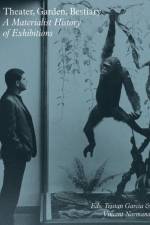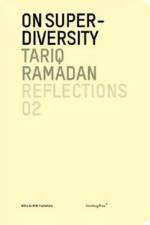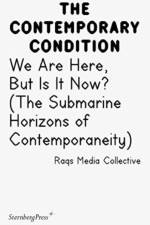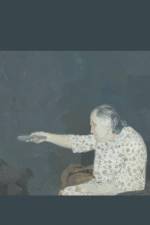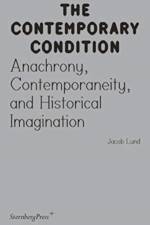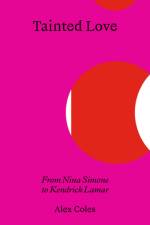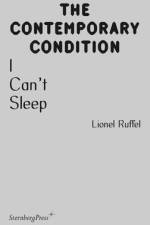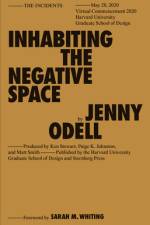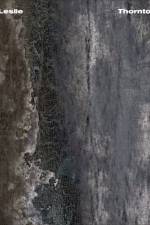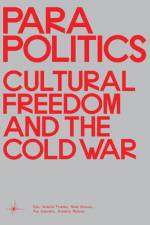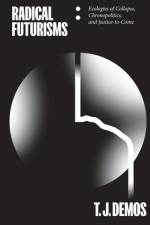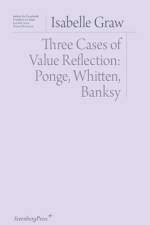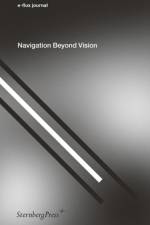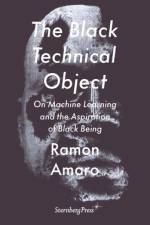av Jacqueline Francis
199,-
On the themes found in the work of Lorraine O'Grady: Black female subjectivity, intersectional feminism, institutional critique, music, and translation. Is Now the Time for Joyous Rage? is the fourth book in the annual series A Series of Open Questions published by CCA Wattis Institute for Contemporary Arts and Sternberg Press. This fourth issue is informed by themes found in the work of Lorraine O'Grady, including diaspora, Black female subjectivity, racial hybridity, translation, intersectional feminism, institutional critique, Black representation in the art world, archives, music, Conceptualism, and performance art. ContributorsSelam Bekele, Martin Bernal, Camille Chedda, Gabrielle Civil, Kathleen Collins, Erica Deeman, Jeanne Finley, Jacqueline Francis, Ãdouard Glissant, Rujeko Hockley, Bec Imrich, E. Jane, Charles Lee, Darrell M. Mcneill, Denise Murrell, John Muse, Sawako Nakayasu, Lorraine O'Grady, Yétúndé Olagbaju, Hsu Peng, Lara Putnam, Trina Michelle Robinson, Legacy Russell, David Scott, Peter Simensky, Maud Sulter, Carrie Mae Weems, Judith Wilson, Alisha B. Wormsley, Allison Yasukawa Published by CCA Wattis Institute for Contemporary Arts and Sternberg Press

